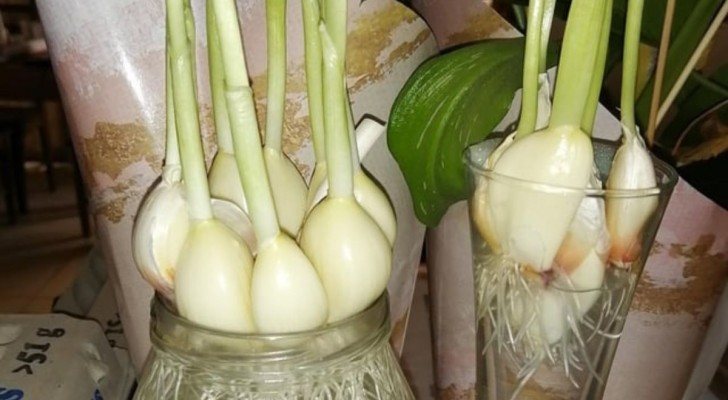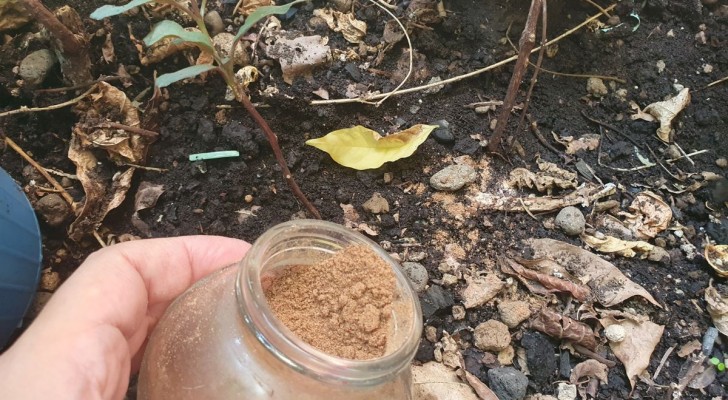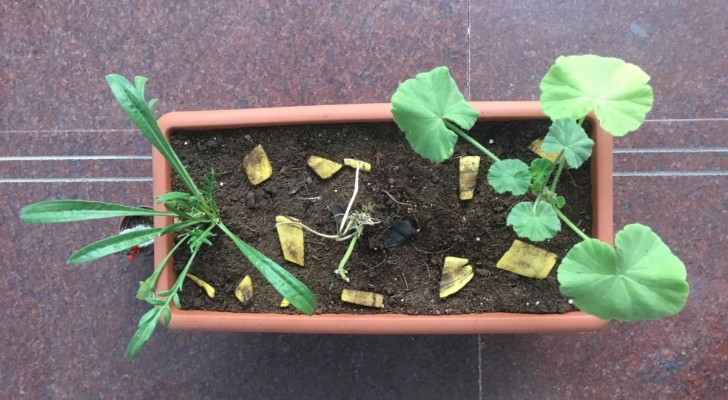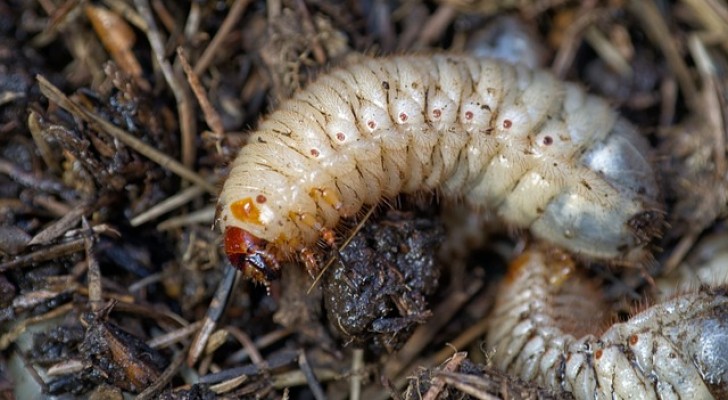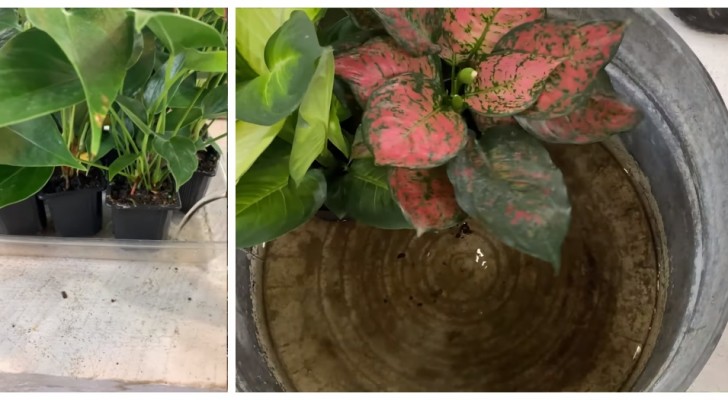Do you want to have lush and healthy plants? Try using brewer's yeast!

Brewer's yeast is not just something we can use in the kitchen for our sweet or savory baked goods. It can also be useful in other ways, such as in plant care. In fact, it can be made into a fertilizer to be used for both decorative plants and garden plants, although studies show that it is particularly effective in the cultivation of tomatoes, cucumbers and strawberries.
The main benefit of using brewer's yeast in horticultural care is the fact that it promotes root development, and also has beneficial effects on overall plant health. Read on to find out more:
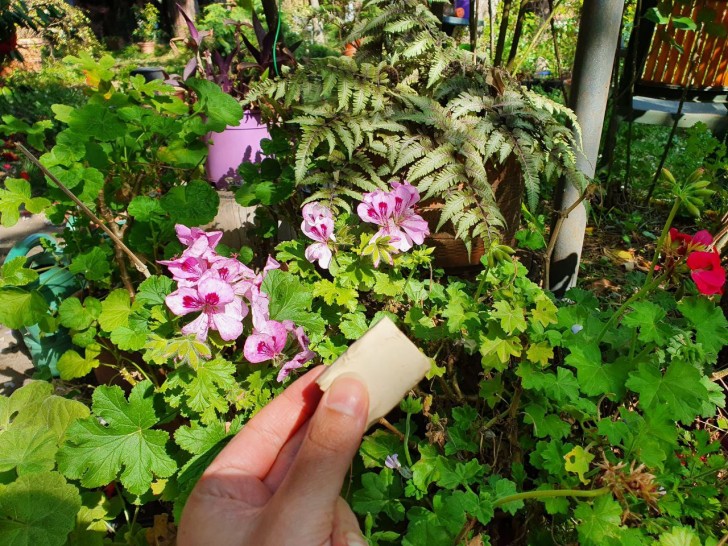
Creativo
To prepare brewer's yeast fertilizer you will need:
- A container (a watering can will do) with a capacity of 12 liters
- 30 grams of yeast - a stick of fresh yeast typically weighs 25 grams, and one will be fine. Otherwise, you can use 30 grams of dry brewer's yeast, the powdered version (which is actually the one often recommended in these preparations)
- 230 grams of sugar
- water (you can also use rainwater or water kept from boiling vegetables, if it doesnt have any salt added)
Mix the yeast and sugar and put the mix in the watering can, then add 100-150 ml of warm water. If you were using the fresh yeast type, dissolve it in a little bit of water and then pour it into the watering can and then add the sugar. Then add about 9 liters of warm water.
This preparation should be kept at room temperature for a week, so that it can ferment. At the time of use you need to dilute 250 ml of the fertilizer in 10 liters of water for each dose used.
To skip the week's wait, you can use unfermented yeast as a fertilizer, however, you will need:
- 30 grams of dry brewers yeast (the powdered version)
- 9 liters of warm water
Mix these together and wait an hour before using it.
How to use: once diluted, both of these types of fertilizing product should be poured onto the ground around the base of the plants, preferably in the evening.
When to administer this fertilizer:
It is recommended to use this fertilizer when the plants are still very young or when they have just germinated. The second time will happen when the plants are in bloom. It is also possible to administer a third time when the fruits appear, but before they begin to ripen. However, it should not be administered more than three times.
Yeast can also work as an insecticide or fungicide:
Dissolve 30 grams of yeast in half a liter of warm milk, preferably full cream. Then dilute this preparation in 10 liters of warm water. To encourage the adhesion of the mix to the leaves when you spray it on them, you can add a tablespoon of soft potassium soap (but only if it is pure, and without adding other oils or perfumes) or two drops of delicate, dish washing soap.
It is always worth having some yeast at home!
